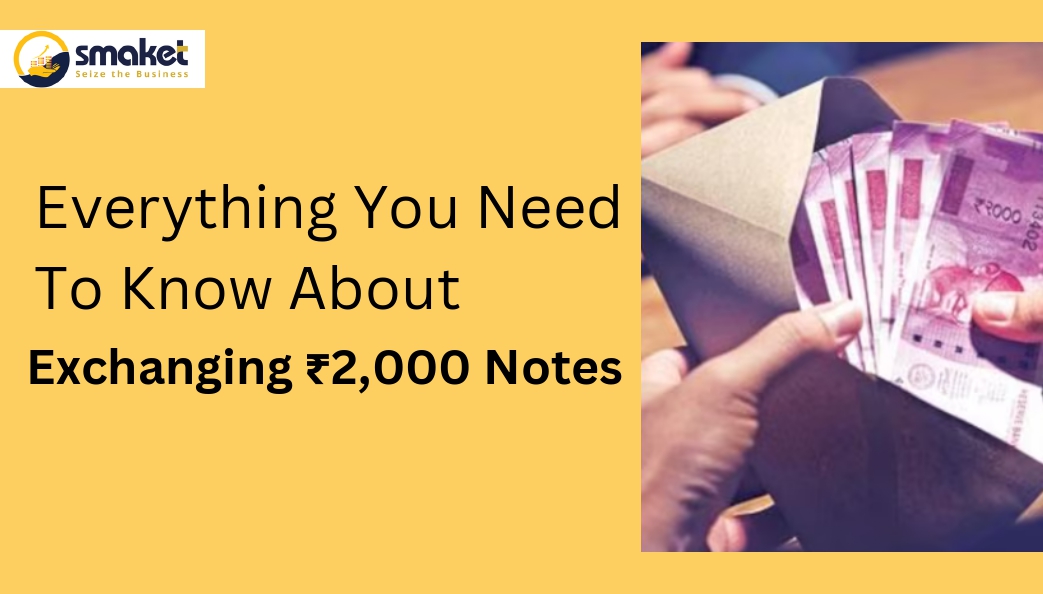In a recent development, the State Bank of India (SBI) has provided important guidelines regarding the exchange or deposit of ₹2,000 notes. As the Reserve Bank of India (RBI) plans to withdraw these notes from circulation, it is essential to understand the latest updates and procedures. In this blog post, we will delve into the key points outlined by the SBI, including the exchange limit, documentation requirements, and the timeline for this transition.

Exchange Limit and Documentation:
According to the SBI guidelines, individuals can exchange or deposit ₹2,000 notes up to a total value of ₹20,000 at a time. The process has been simplified, as no requisition slip is required for exchanging or depositing these notes. This update dispels any misinformation circulating on social media regarding the need for additional documentation such as an Aadhaar card.
Flexibility in Queue Standing:
To facilitate a smoother exchange process, individuals are not restricted from standing in the queue multiple times. After exchanging or depositing the notes once, they can return to the same queue without any limitations. This flexibility allows for greater convenience and accessibility.
Withdrawal Timeline and Legal Tender Status:
The RBI has announced the withdrawal of ₹2,000 notes from circulation, and individuals can exchange or deposit them in their bank accounts until September 30. It is important to note that even after the deadline, ₹2,000 notes will remain legal tender. Furthermore, the RBI may extend the deadline if necessary, ensuring a seamless transition for the public.
Exchange Facility for Non-Account Holders:
In an inclusive approach, non-account holders can also exchange ₹2,000 notes at any bank branch. They are eligible to exchange these notes up to a limit of ₹20,000 at a time. This provision aims to accommodate a wide range of individuals and facilitate a hassle-free process.
No Exchange Fee and Special Considerations:
The exchange installation doesn’t number any fresh figure, as explicitly stated by the RBI. In a shot to reduce vexation for elderly citizens and individuals with disabilities, banks have entered specific instructions to apply special arrangements. This client-centric approach emphasizes the significance of availability and ease during the exchange process.
Lifespan and Rationalization:
The RBI clarifies that a significant proportion of ₹2,000 notes in circulation were issued prior to March 2017 and are nearing the end of their estimated lifespan. This rationalization aims to optimize the circulation of currency and maintain the integrity of the monetary system.
Conclusion:
As the RBI undertakes the withdrawal of ₹2,000 notes from circulation, the State Bank of India has provided important guidelines to facilitate the exchange or deposit process. Individuals can exchange or deposit ₹2,000 notes up to a total value of ₹20,000 without the need for a requisition slip. The flexibility of standing in the queue multiple times and the provision for non-account holders further enhance the accessibility of this process. The RBI’s focus on convenience, including the absence of exchange fees and also special considerations for vulnerable groups, ensures a smooth transition for individuals. Understanding these guidelines is crucial to navigate the changes effectively and make the most of the exchange opportunity.

